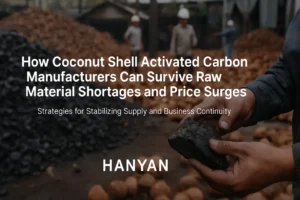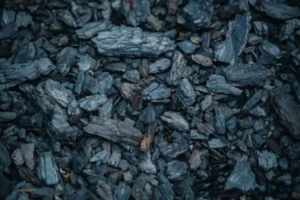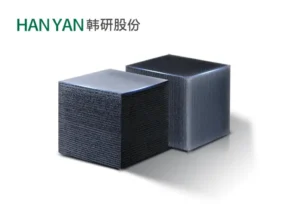Coconuts play a vital role not only in the food and beverage industries but also in the activated carbon sector, particularly for coconut shell-based carbon. As demand rises globally for natural and sustainable carbon materials, understanding the world’s top coconut-producing countries becomes essential for procurement, sourcing, and market strategy.
🌴 1. Indonesia – The Undisputed Leader
- Annual Output: Over 17 million tons
- Global Market Share: ~27%
- Key Products: Fresh coconuts, copra (dried kernel), coconut oil, desiccated coconut, coconut water
Indonesia’s equatorial climate, high rainfall, and volcanic soil make it ideal for coconut cultivation. Key growing regions include North Sulawesi, Riau, East Java, Lampung, and West Java. Millions of farmers rely on coconut farming, and Indonesia exports large volumes of coconut shell charcoal to the US, China, the Middle East, and Europe.
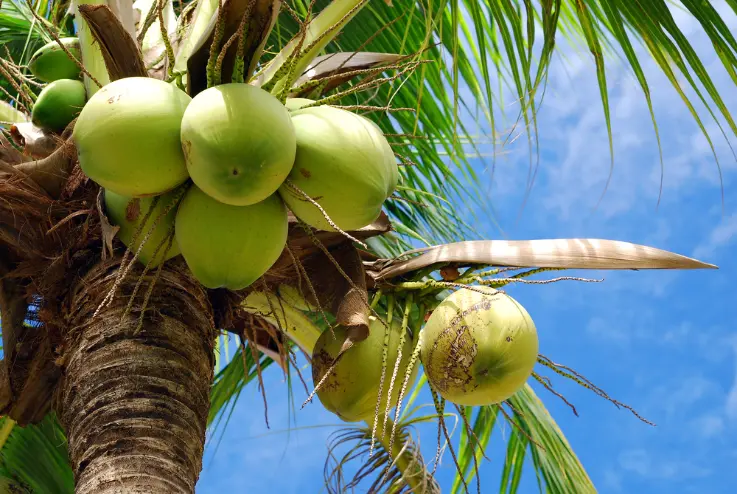
🥥 2. The Philippines – A Global Export Powerhouse
- Annual Output: ~14.7 million tons
- Global Market Share: ~23%
- Key Products: Copra, crude coconut oil, desiccated coconut, coconut water
With over 3.5 million hectares of coconut farms, the Philippines is a critical supplier of coconut-based goods. Major producing regions include Quezon, Davao, and Zamboanga Peninsula. The industry supports more than 3.5 million farmers and receives strong government backing.
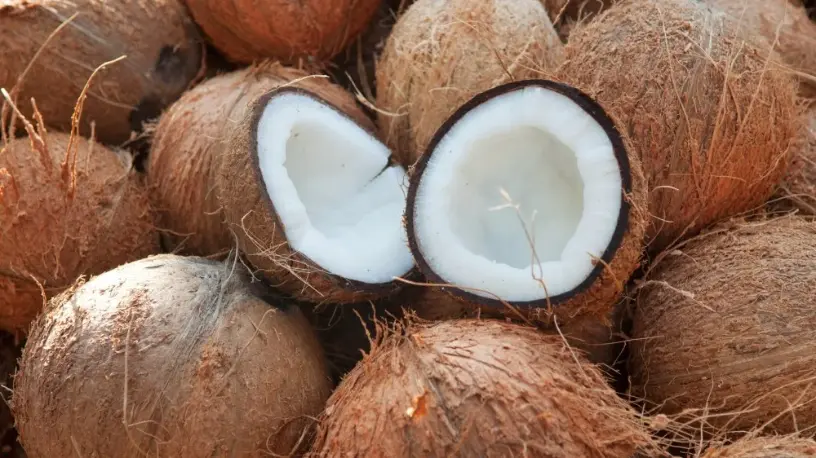
🇮🇳 3. India – A Domestic Giant with Growing Export Potential
- Annual Output: ~14.1 million tons
- Global Market Share: ~21%
- Key Products: Coconut oil, desiccated coconut, coconut shell charcoal
India is a major producer, with consumption largely domestic. Leading regions include Kerala, Tamil Nadu, Karnataka, and Andhra Pradesh. India is also a major source of coconut shell charcoal, used for air and water purification activated carbon.

🇱🇰 4. Sri Lanka – Specializing in High-Value Coconut Products
- Annual Output: ~2.5 million tons
- Global Market Share: ~4%
- Key Products: Coconut oil, desiccated coconut, coconut shell activated carbon
Though smaller in volume, Sri Lanka focuses on high-value exports like coconut shell-based activated carbon. Major growing areas include Kurunegala, Puttalam, Gampaha, and Colombo. Its carbon is known for excellent adsorption in filtration and gold recovery.
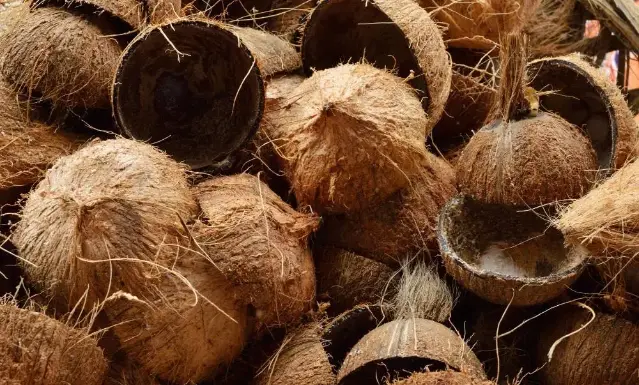
🇧🇷 5. Brazil – Leading the Americas
- Annual Output: ~2.3 million tons
- Global Market Share: ~3.5%
- Key Products: Fresh coconuts, coconut water, coconut oil
Brazil’s coconut farms are located in tropical regions of Bahia, Ceará, and Pernambuco. It is a major supplier for South American markets and increasingly exports coconut-based beverages and oil.
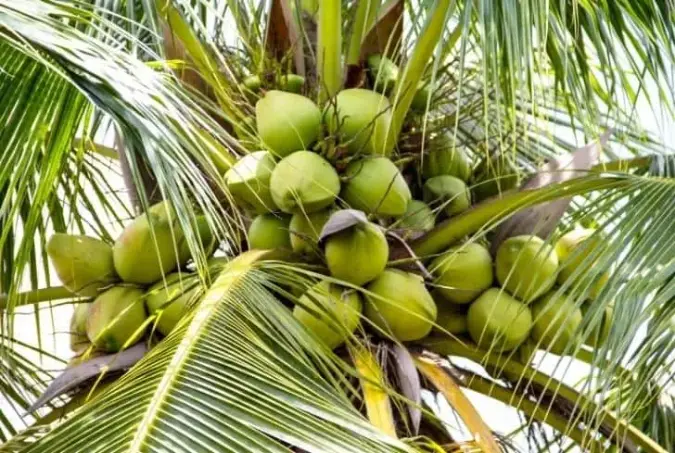
🌐 Global Production Overview (2024, FAO)
| Rank | Country | Annual Production (Million Tons) |
|---|---|---|
| 1 | Indonesia | 17.0 |
| 2 | Philippines | 14.7 |
| 3 | India | 14.1 |
| 4 | Sri Lanka | 2.5 |
| 5 | Brazil | 2.3 |
🔍 Why This Matters for Activated Carbon Buyers
Understanding coconut-producing regions helps manufacturers and procurement teams:
- Secure stable supply of coconut shell charcoal
- Compare quality, cost, and logistics by country
- Identify sourcing and export opportunities
- Align carbon material strategies with sustainable sourcing
HANYAN monitors coconut markets globally to ensure stable, high-performance coconut shell carbon supply for our clients worldwide. More information for 2025 coconut shell activated carbon price trend, please click.
Article Keywords: Global coconut production 2024, Top coconut-producing countries, Coconut shell charcoal supply, Coconut activated carbon sourcing, Indonesia coconut industry, Coconut biomass for activated carbon

